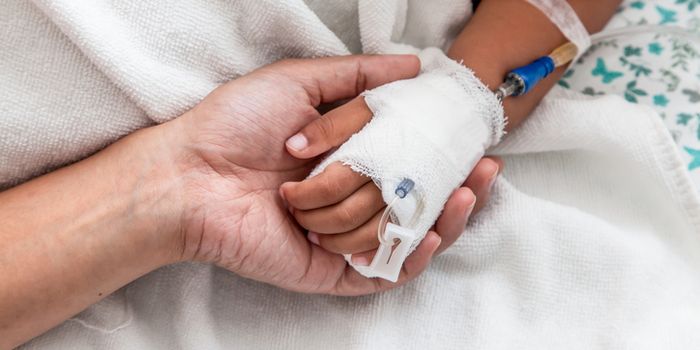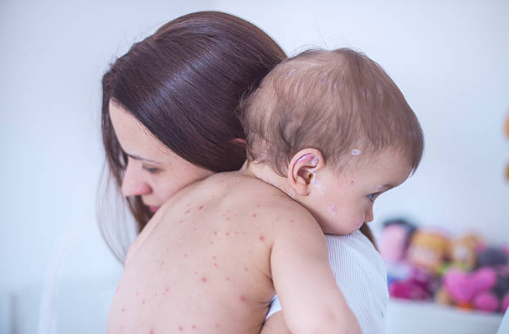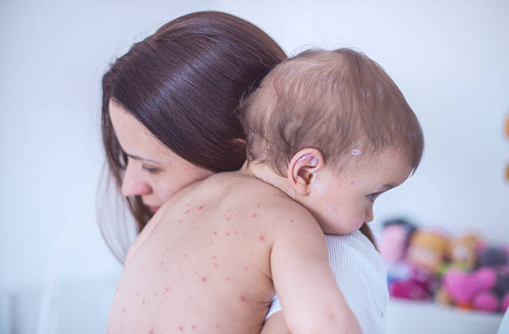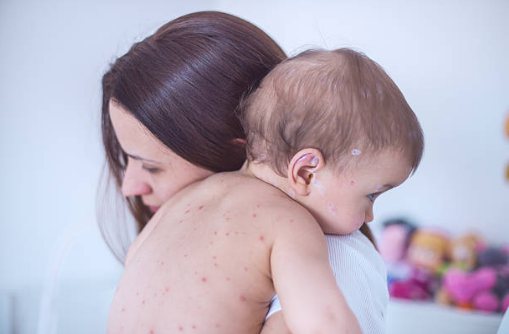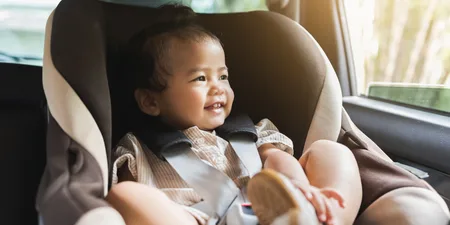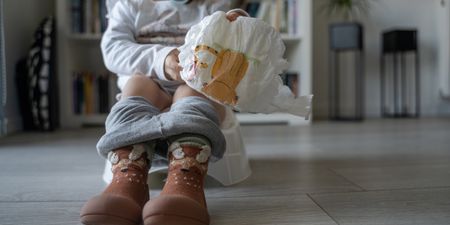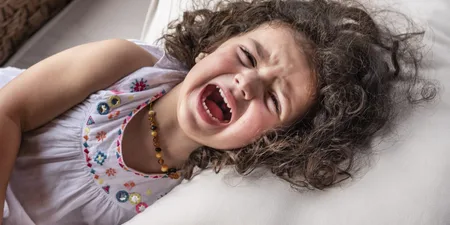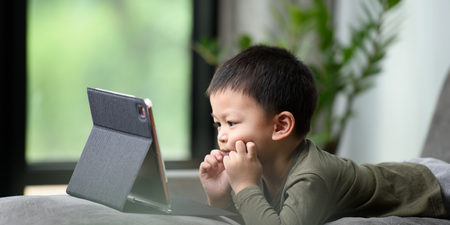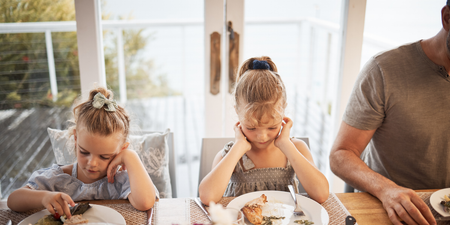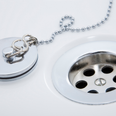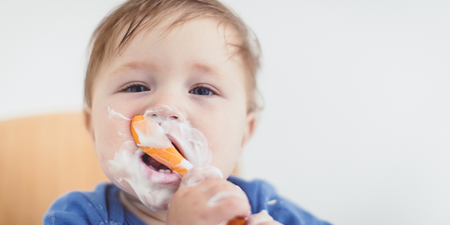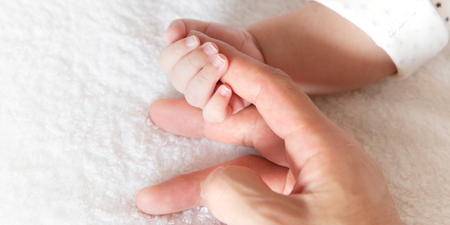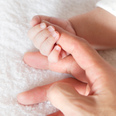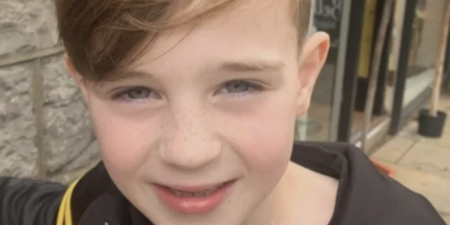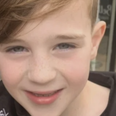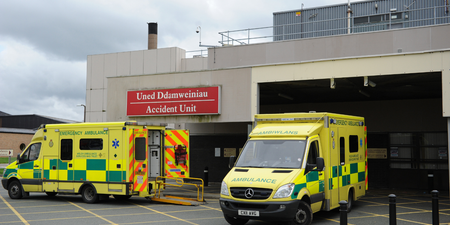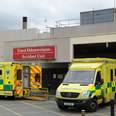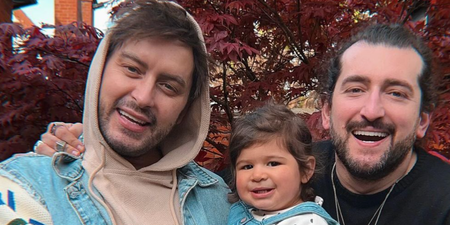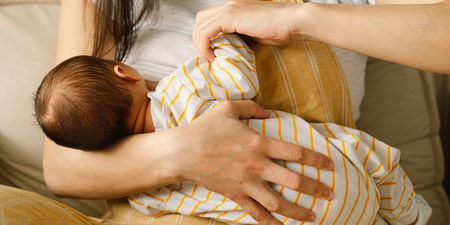I made it through five years of parenting before I had to bring a child to an A&E department.
Felix, my son and the youngest at aged 28 months, whacked his head off a coffee table and it was badly bleeding in the aftermath.
He seemed broadly fine after a few minutes. but I was understandably worried about concussion and I hoped a few stitches might make any resulting scarring less severe.
In the end – albeit after a six hour wait – we were packed off home and all was well again.
Hopefully there won’t be a ‘next time’. But if there is – with either one of my two children – I’ll be better prepared.
Temple Street in Dublin emphasises that an Emergency Department is “for acute emergencies and trauma cases”. They recommend your GP for chronic or minor accidents and illnesses.
Felix had his accident on a Sunday evening – so my options were more limited for treatment – but otherwise I certainly would have tried to bring him to our doctor first. Don’t forget about pharmacists too – they’re a fantastic first port of call if you’re worried.
Here’s what to expect when you present yourself at A&E with a child:
1) Details
Initially at reception, you’ll have to give details relating to you and to your child (defined as anyone aged between newborn – 16 years), as well as information about what is wrong with them – high temperature, fall, bleeding etc. You may have to queue for this. Details you’ll need to supply include:
- Your child’s surname and surname
- Child’s date of birth
- Current address and telephone number, including mobile number
- Next-of kin and their telephone number
- Your GP’s name
- Your Medical Card (if you have one)
- Information on any medication your child is on or has taken
2) Payment
There is a €100 charge for bringing your child to A&E, unless you’ve been referred there by your GP or health specialist (bring along the letter if you have) or you have a Medical Card. You don’t have to pay immediately. If you do, you’ll be given a receipt.
3) Waiting
Upon admission, you’ll be given an idea of your waiting-time – although this is a general estimation. Doctors are available around the clock, but they often get pulled on to emergency cases.
4) Initial evaluation
You shouldn’t have to wait too long for your initial evaluation with a triage nurse. They’ll go through some of the same detail you gave at reception, and also ascertain how urgent your case is based on certain, set criteria.
5) More waiting
This is the long part – you might be waiting for up to eight hours; that can be a serious challenge with a small one. Most of the kids in the waiting room when I was in Crumlin recently were on phones or watching a movie. Some were pottering around playing. Others were just waiting alongside their mums and dads.
6) Doctor
Finally you’ll get seen by a doctor. They do a further evaluation and ask for a bit more detail if necessary. They’ll either treat your child then and there – or they might send them on to a specialist for more tests if they feel that’s merited. You may also be told that you’ll need to come back to the hospital on another day for further treatment.
What to bring…
In general, you want to bring as little as possible. You certainly don’t want valuables with you; the more stuff you bring the more that could be left behind too.
However, here are a few things that are essential:
- Light snacks – if your child needs to go under anesthetic or have surgery, you’ll need to tell the medical staff when they last ate so keep track
- Entertainment for you and your child – a tablet, books, crayons etc
- Change – for parking and for vending machines
- PJs – your child might be more comfortable in
- Any medication your child is currently taking
- Please bring any medications that your child is currently taking
